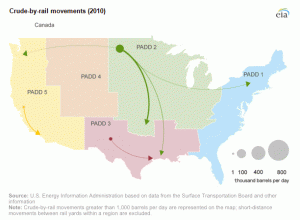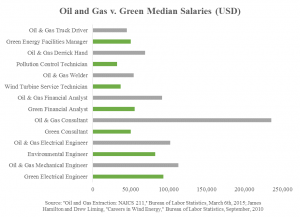Senate Energy Policy Leaves Out Oil and Highway Funding
The focus of the Energy Policy Modernization Act of 2015 includes energy efficiency and conservation, protecting the electric grid and speeding up the application process for liquid natural gas refineries. The bill includes:
- The secretary of the Energy Department to issue a final decision on applications to export liquefied natural gas within 45 days after projects have won approval from the Federal Energy Regulatory Commission.
- The Strategic Petroleum Reserve, a stockpile of nearly 700 million barrels of oil, should be used only in emergencies — while there are legislative efforts to sell off some of that oil to help pay for surface transportation funding.
The most recent senate energy bill failed to address some of the most important energy issues currently facing the nation. The bill avoided such issues as:
- The ban on exporting crude oil.
- Keystone XL pipeline.
- Federal gas tax reform.
- The failure to fund our highway system.
- Renewable Fuel Standard reform.
U.S. energy policy that includes natural gas, but leaves out oil, is not real energy policy. Protecting the electric grid and leaving out critical funding for the highway system, addresses half of our most pressing infrastructure needs.

